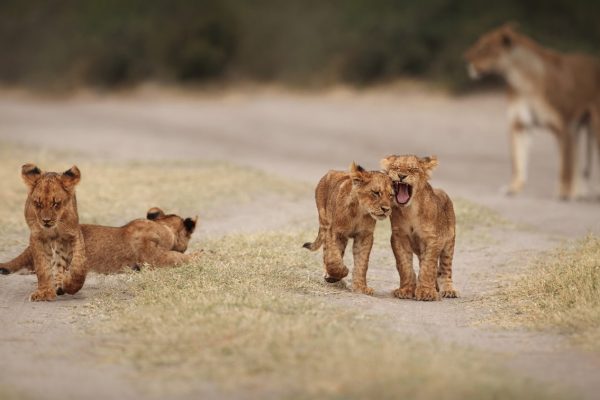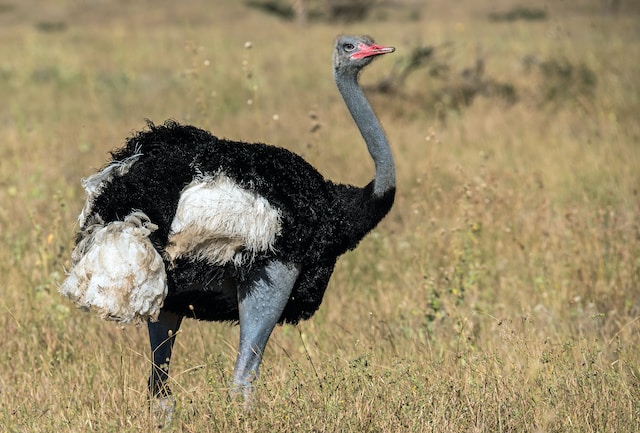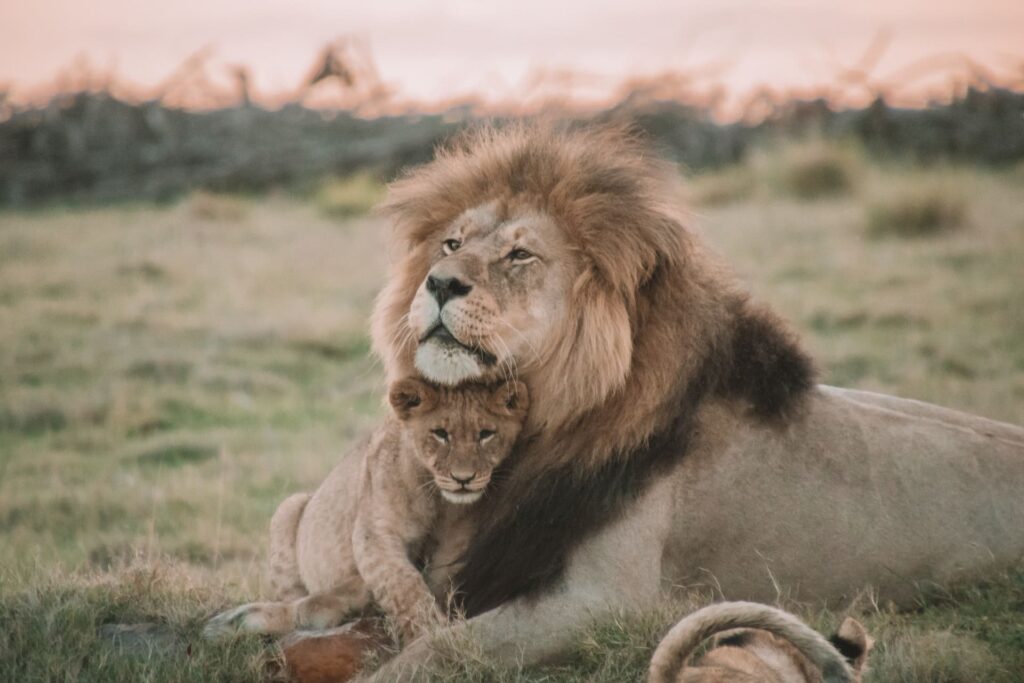Mount Kenya National Park
Mount Kenya National Park is a pristine and awe-inspiring protected area located in central Kenya, about 175 kilometers (109 miles) northeast of Nairobi. It is a UNESCO World Heritage Site and one of the most iconic natural landmarks in Africa. This national park is renowned for its stunning landscapes, unique flora and fauna, and the majestic Mount Kenya itself, which is the second-highest peak on the African continent, standing at 5,199 meters (17,057 feet) above sea level.
Geographical Diversity
The park’s geography is incredibly diverse, encompassing a wide range of ecosystems and altitudes. From equatorial rainforests and bamboo forests to alpine moorlands and glaciers, visitors can experience an incredible variety of landscapes within a relatively small area. The mountain is also characterized by dramatic glacial valleys and tarns, which add to its overall beauty.
Wildlife
Mount Kenya National Park is home to a rich array of wildlife. Though it is not a traditional big-game safari destination, it offers a chance to encounter various species, including elephants, buffalos, leopards, and various primates like black-and-white colobus monkeys. The park is also known for its diverse birdlife, with over 130 species of birds recorded.
Flora
The park boasts an extensive collection of plant species, with many of them being endemic to the region. The different altitudinal zones offer unique vegetation, from dense forests in the lower elevations to Afro-alpine vegetation higher up. Notable flora includes giant lobelias, groundsel, and the rare and spectacular Mount Kenya star plant.
Mount Kenya Climbing
For those seeking adventure, Mount Kenya National Park offers some of the best trekking and mountaineering opportunities in East Africa. There are several established trekking routes, with diverse levels of difficulty, leading to the summit. Point Lenana is the most accessible summit for trekkers and offers a breathtaking view of the surrounding landscape.
Cultural Significance
The Kikuyu people, who live around Mount Kenya, hold the mountain in high cultural regard. It is considered a sacred place and plays a significant role in their folklore. Visitors have the opportunity to engage with local communities and learn about their traditions and customs.
Conservation Efforts
Conservation is a top priority in Mount Kenya National Park. Efforts are made to protect the unique ecosystems, flora, and fauna of the region. Illegal logging and poaching are closely monitored and controlled to preserve the park’s natural beauty and biodiversity.
Climate and Weather
The park experiences a temperate climate, with lower altitudes having a more equatorial climate and higher altitudes experiencing cooler temperatures. Rainfall is highest from April to June and October to December, so the best times for trekking are usually January to February and July to September when the weather is drier and clearer.
Mount Kenya National Park is not only a place of natural beauty and ecological significance but also a destination for adventure and cultural enrichment. It offers a unique experience for trekkers, nature enthusiasts, and anyone seeking to explore the breathtaking landscapes and vibrant biodiversity of this remarkable African gem. Whether you’re a seasoned mountaineer or simply looking for a memorable wilderness experience, Mount Kenya National Park is a destination that should be on your bucket list.
Quick Enquiry
Talk to a Consultant




